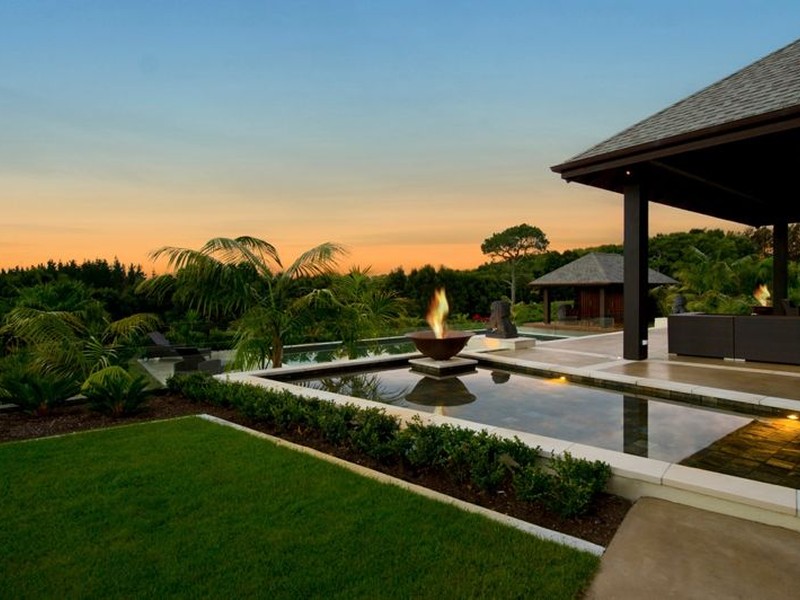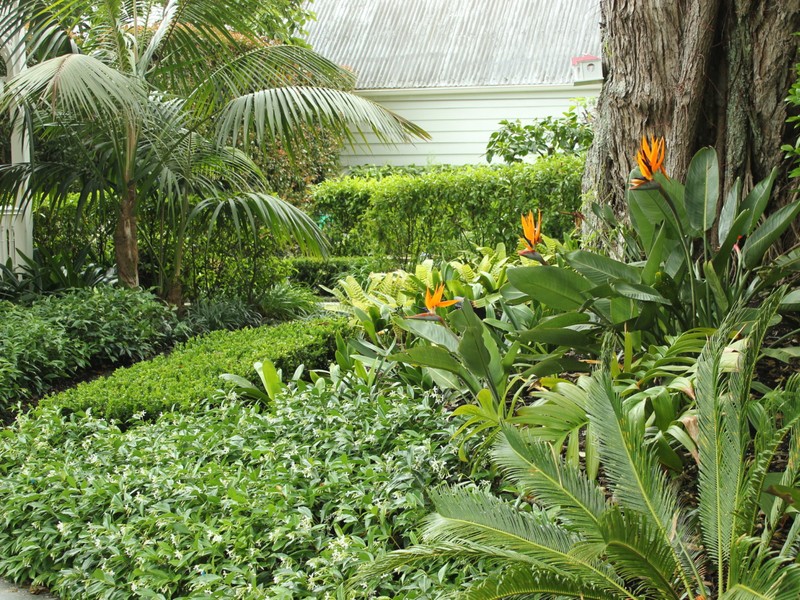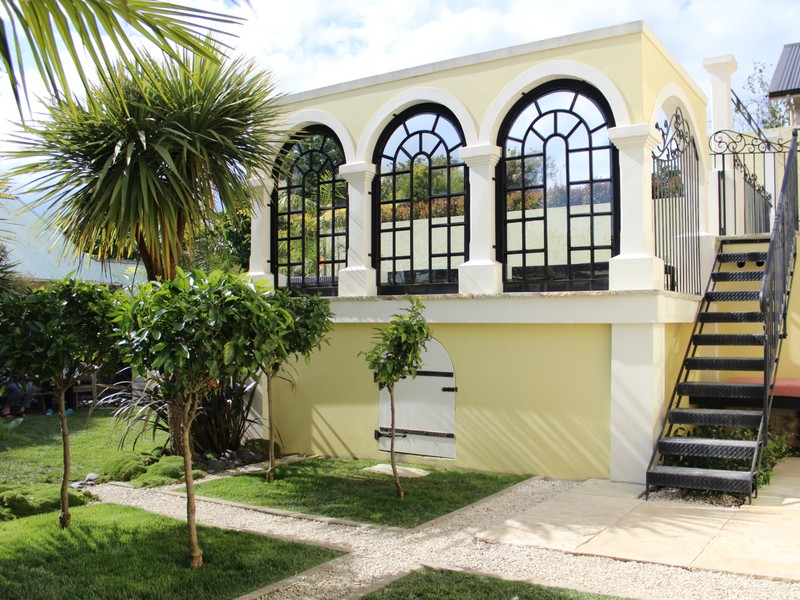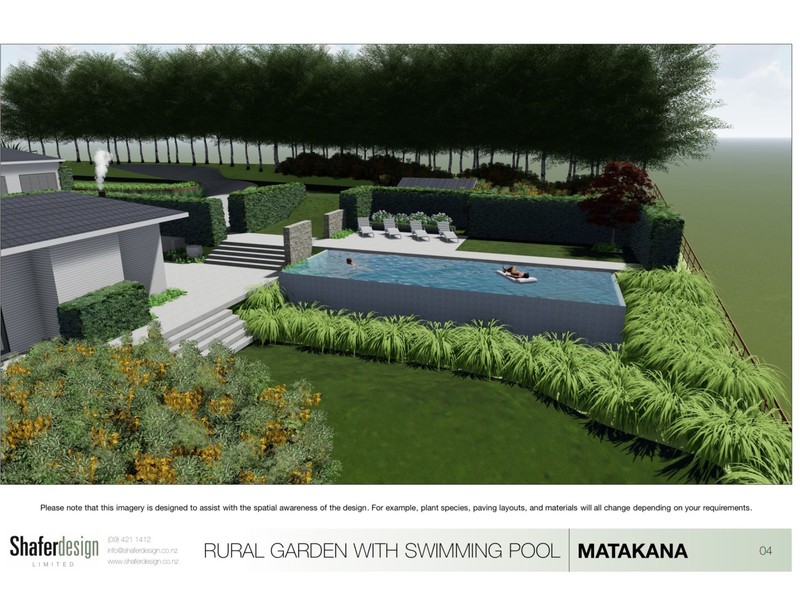Liquidambar styraciflua care
Fri Dec. 3rd 2021
General Knowledge
Liquidamber styraciflua, also known as the sweet gum tree, is a beautiful plant species with stunning autumn colours. Its best uses are in parks to provide shade or in large lawns, however we do not recommend that you plant this tree in a home garden as it requires plenty of space. This is a deciduous species that can grow up to 20m high and 8m wide. However, there is a cultivar called liquidambar “Gumball” which is a dwarf form.
Flowers and Foliage
Sweet gum trees have glossy maple-like, star-shaped deep green leaves with 5-7 lobes and long stalks. The leaves also have toothed margins, are fragrant when bruised and go from the deep green colour to different shades of orange/yellow, then to a dark crimson red and then finally to a deep purple. If you look at a group of these trees in the autumn, you will see a beautiful range of the previously mentioned colours. You can have some control over colours by choosing various cultivars. They boast non-showy, insignificant yellow-green flowers which appear in spherical clusters during the months of April to May. The female flowers are followed by the infamous hard gum balls which are round clusters of birstly fruits. The gum balls turn a dark brown when mature and usually remain on the tree right through the winter.
Planting
They grow best in soil that is lime-free(acidic) and in full sun. You should also make sure to plant it in well-draining soil. When choosing a sapling one should always choose the plant that is healthy and well-grown. The chance of planting success is much greater if you plant in clay soil by adding extra topsoil to form raised beds. To improve soil structure, it is advised that you add coarse sand, bark, compost or any other organic material. You should plant these trees after autumn rains because the soil will be warm and moist and this will also allow the tree to become established before the next winter. This will allow them to last throughout the summer if there are any dry periods. Make sure the root-ball is saturated and that the planter bag is removed with minimal root disturbance before planting. You should also trim any broken roots or branches and plant the tree at the same level as in the container.
You will have to stake taller plants to stabilise the root-ball until it is established, but only if the plant is planted in a windy position. Make sure your stakes are positioned in the hole before you plant and then place the plant between them. At this stage, you can add slow release fertilisers. Tread firmly to bring soil in close contact with the root-ball as you fill the hole with soil. Tie wide ties around the trunk whilst leaving enough room for the trunk to easily increase in girth. This will allow the plant to move a little in the wind which will encourage the development of a strong root system without risk of chafing or damaging the roots.
Maintenance Tips
Spread mulch around the plant to keep as much moisture in the soil, but you should keep the mulch away from the stem. The mulch also keeps a lot of the weeds away. Sometimes the root-ball can dry out even with all the surrounding moisture so make sure to aim water down the stem to saturate the root-ball. Water thoroughly during the first autumn, summer and dry periods as it is critical for young plants. An annual all purpose fertilizing can be beneficial(50g/m2) unless the soil is fertile. Spread it evenly and work it into the topsoil(3cm deep) and don’t damage surface roots. Pick up fallen fruits in pedestrian areas.
Pests and Diseases
Sweet gum trees are mostly pest free.




